Palmetto Bluff Real Estate Company Sales Office
Office Hours
Monday-Friday 9am - 5pm
Saturday 9am - 4pm
Sunday 12 - 4pm
Saturday 9am - 4pm
Sunday 12 - 4pm
In developing the Palmetto Bluff vernacular, a new vision emerged that drew a line in the sand between perfect and real.
By Barry Kaufman
One of the greatest minds the South has ever produced posed a question 130 or so years ago that, in all the intervening years of human advancement, we still have not been able to answer. Speaking through his character Huck Finn, Mark Twain wrote, “We had the sky up there, all speckled with stars, and we used to lay on our backs and look up at them, and discuss about whether they were made or only just happened.”
The stars, as beautiful as they are, retain the mystique that entranced Huck and Jim as they sailed the Mississippi. Were they made? Did they just happen? But then again, does it matter? When something is as beautiful as a night sky glistening with light, do you really want to question why?
You might ponder a similar question when you enter the gates at Palmetto Bluff. The broad expanse of the bridge over the tranquil headwaters of the May River, the strip of road winding beneath a leafy canopy, the glimmer of water through the canopy of oaks at Wilson Village, feels like maybe it’s both. It was made, certainly, but somehow you can’t shake the feeling that it all just happened.
Ironically, that feeling that you’re seeing beauty’s spontaneous creation was very much by design.
“We didn’t want Palmetto Bluff to associate itself with being a planned project. We wanted it to evolve over time. That’s why they used to say, ‘It’s a place, not a project,’” says Director of Development and Construction David Sewell. “They didn’t want it to look like the standard kind of community that is up and down in seven days.”
If you ask Sewell what makes Palmetto Bluff what it is, he’ll point to the countless details that were obsessed over in the early years. How the timeless granite curbs in Wilson Village were worth the expense and Herculean labor. How the gaslights that line the streets were handcrafted in New Orleans. How the type of asphalt used in the roads was chosen to mimic a quiet country lane. How the grass lining the roadside is kept just long enough to catch a breeze.
“By design we didn’t want any of this to be in your face. We wanted it to be subtle,” he says.
Over time, these subtleties coalesced into a look that is unmistakably Palmetto Bluff, not easily replicated (although many have tried). Spearheaded by original developer Jim Mosely and the San Francisco-based architecture firm Hart Howerton, it’s a look as Southern as sweet tea and as timeless as the May River.
“Jim Mosely and the team at Hart Howerton established a way of thinking that borrowed from the past,” said Mark Permar, who was part of the original development team. “But you borrow from that in a way that feels like it’s been there awhile. So then it gets down to material, window opening, color, texture, all the choices you have to make in a home are hopefully all intersecting into a vision that’s true to its location.”
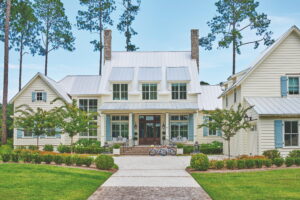
Part of Permar’s original role was translating that original vision, one rooted in the rich history of the Lowcountry and bringing it outside the small-town grid of Wilson Village’s streets. Just as the team had gone into exhaustive detail to create an atmosphere of a small coastal town, they also replicated the way small town streets give way to wide country roads, and the way small villages connect and express their own history.
“If you look at Moreland Village, for example, there’s a different approach to architecture,” said Permar. “The materials are similar, the color range is similar, but it’s more progressive in its architectural style. If you agree with certain principles—the sense of scale, the response to the environment—there are varied ways you can express that. It doesn’t need to fit neatly into a Lowcountry white bungalow.”
Of course Palmetto Bluff is more than just streets, villages, and amenities. Part of the draw has always been the people, the neighbors who share quiet evenings on a porch swing. And their homes do more to tell Palmetto Bluff’s story than any streetscape ever could.
“People who come here pretty much get it right away because there’s so much that’s been established,” said Stephanie Gentemann, who sits on Palmetto Bluff’s design review board. “During the original planning, they formed a set of guidelines that have not changed much since their inception.”
In the same subtle way that the architecture of Wilson and Moreland Villages evoke a sense of moving through time, homes in Palmetto Bluff carry the hallmarks of family estates that go back generations. A raised foundation was necessary in the antebellum era to catch the breeze and keep bugs away. Today they create a sense of scale. Wide front porches were a place to escape the stifling heat of the inside before air conditioning came along. Today they create a sense of hospitality.
There’s even a nod to history in the way that Palmetto Bluff homes tend to favor masses of smaller outbuildings rather than one single dominating structure.
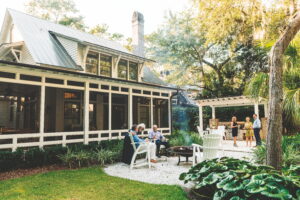
“It goes back to how families used to live,” said Gentemann. “You had a piece of land, you built a house, and then the house adapted to the family. This generational massing creates a language and breaks it down to a human scale.”
In this way, the homes help tell the story of a community with far more history than its relatively new modern era. The original developers set the tone, and as the story continues into the future, that unwavering dedication to authenticity serves as a throughline.
We wonder why the stars were made or just happen because they seem too beautiful to have been created by luck, yet scattered in a way that defies any kind of order. But then, when did order ever inspire anyone? There’s no order in the May River’s gentle curves, or in the spiraling boughs of a live oak. But there is beauty.
As Jim Mosely famously said of the story he started telling at Palmetto Bluff twenty years ago, “Perfect is not real. Perfect is not interesting. We wanted real. Imperfect. Authentic.”

Photography by Summer Pagatpatan Bentley || Chocolate Labrador || Male || 9 Years Old Bentley is always happy to see anyone. He’s the fan favorite in our neighborhood and might bust down the door to see you! Bentley loves to go on a treat walk in Wilson ...
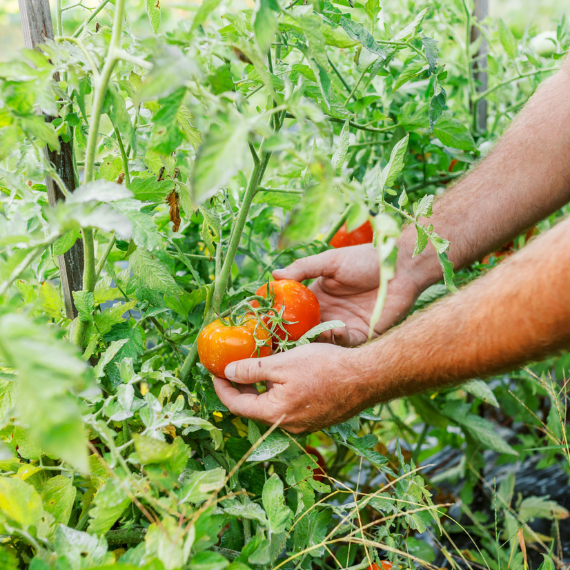
What’s more “summer” than tomatoes from the garden? Or, in Palmetto Bluff’s case–tomatoes from The Farm? We asked our newest addition to the Palmetto Bluff Club’s culinary team, Chef Beth, to share a classic summer staple from her library of recipes: Fattouche...
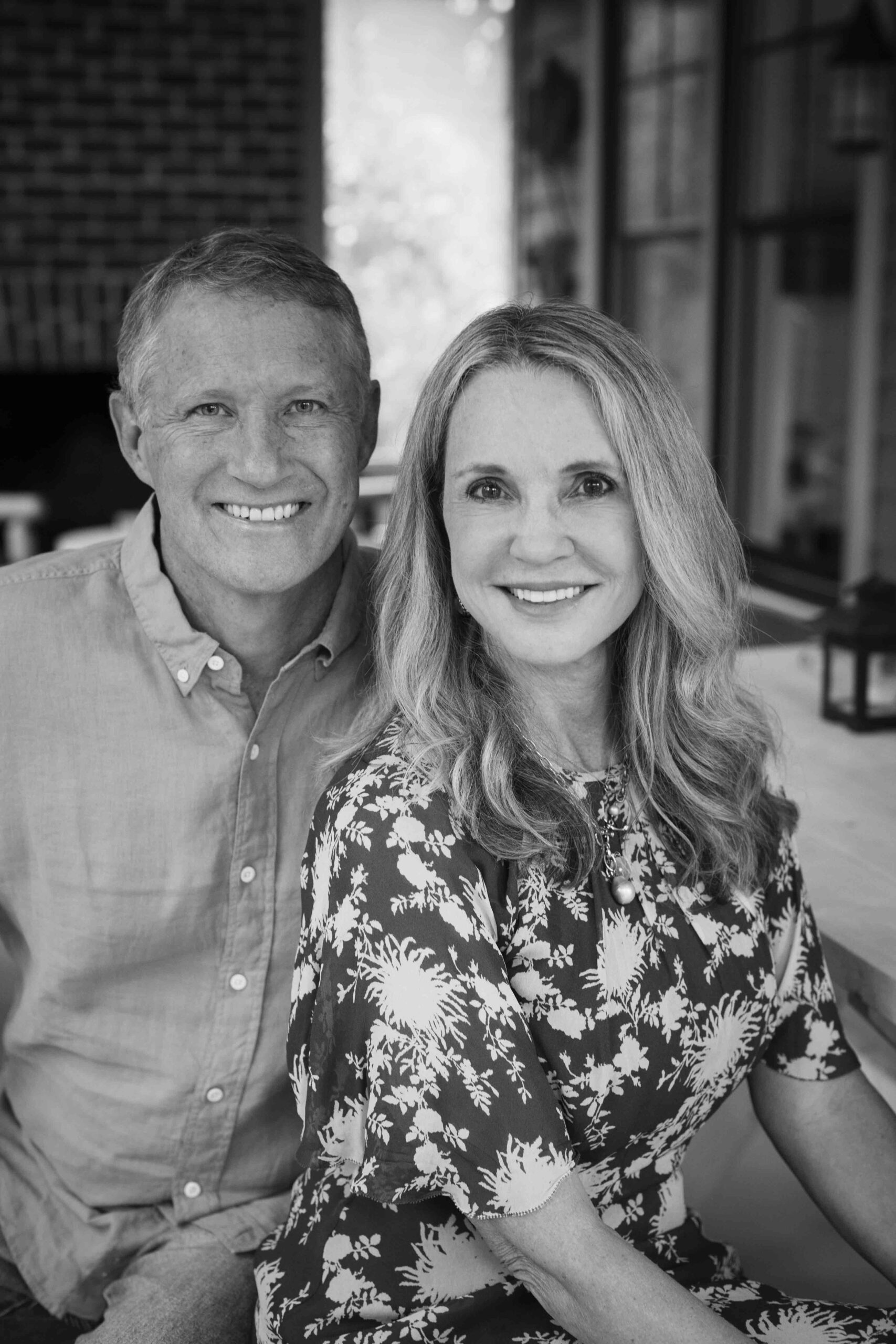
How did you two meet? Patti: We actually met in college but never dated. We went to Auburn University and both moved to Atlanta after graduation. He was in graduate school at Emory, and I worked as a nurse at Emory’s Children’s Hospital. Pat: Our friend grou...
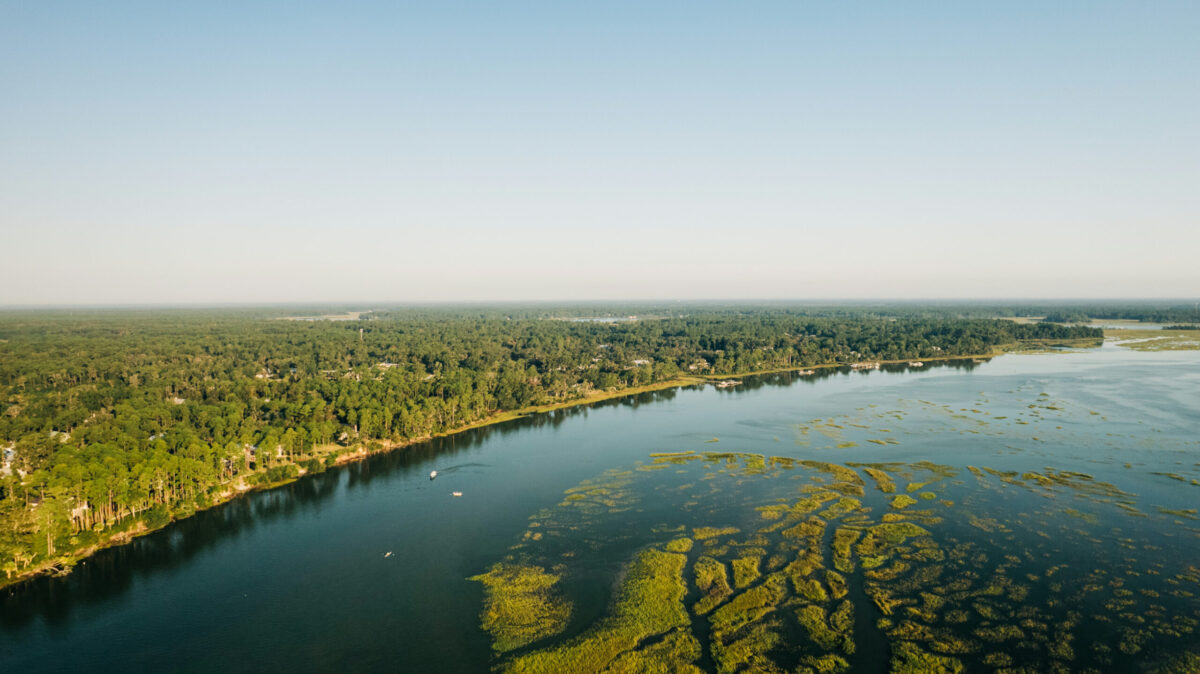
Boat The Bluff: South Carolina Waterways Imagine gliding through serene, glassy waters surrounded by lush marshlands and maritime forests. Welcome to Palmetto Bluff, South Carolina—a paradise for nature enthusiasts, water sports aficionados, and anyone seekin...
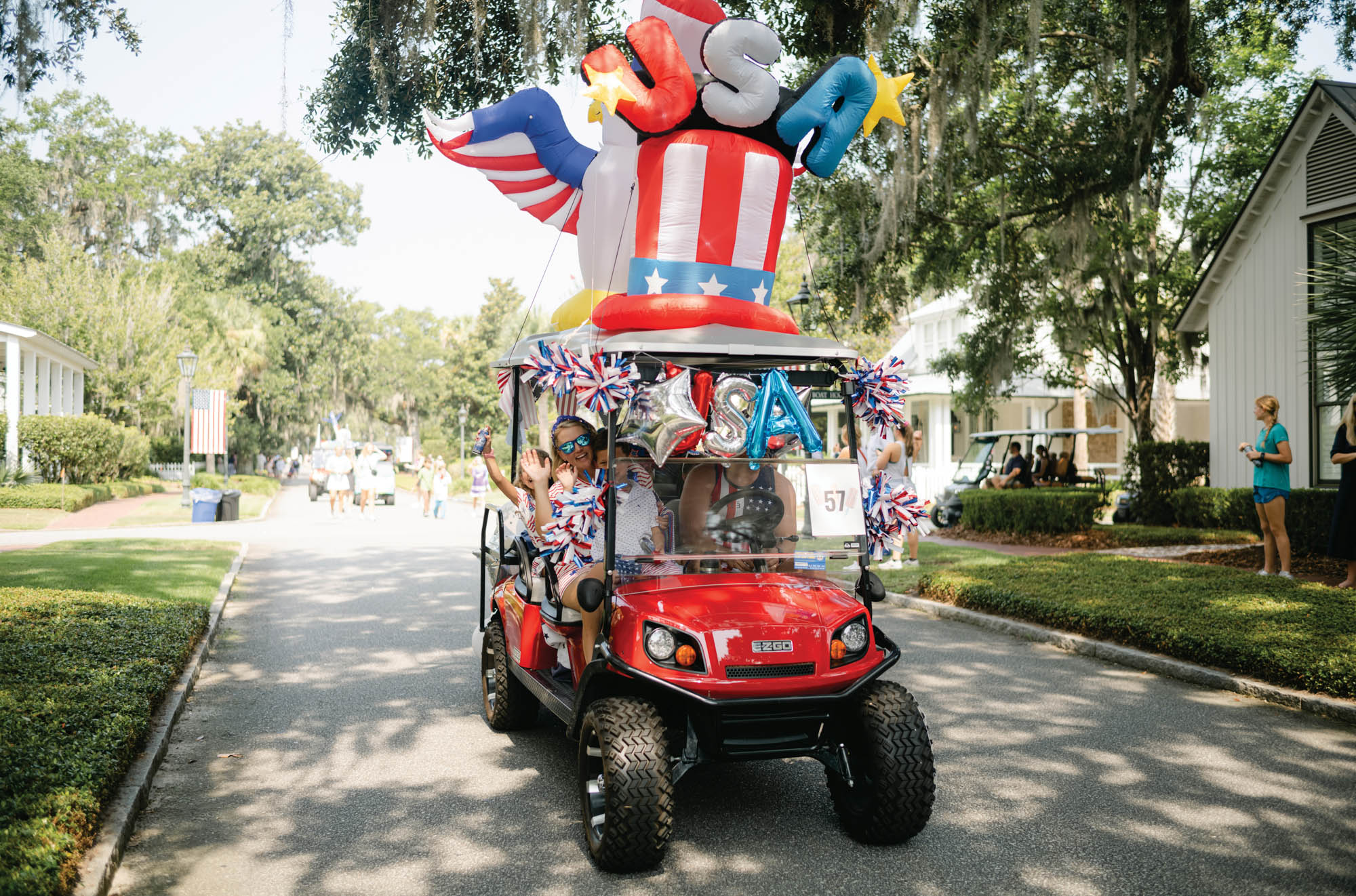
Photography by Charlotte Zacharkiw The fourth of July is the highlight of the Palmetto Bluff calendar. Follow along with the Truslow family on this magical summer day. Neal and Lauren Truslow come to Palmetto Bluff as often as they can. Their kids...
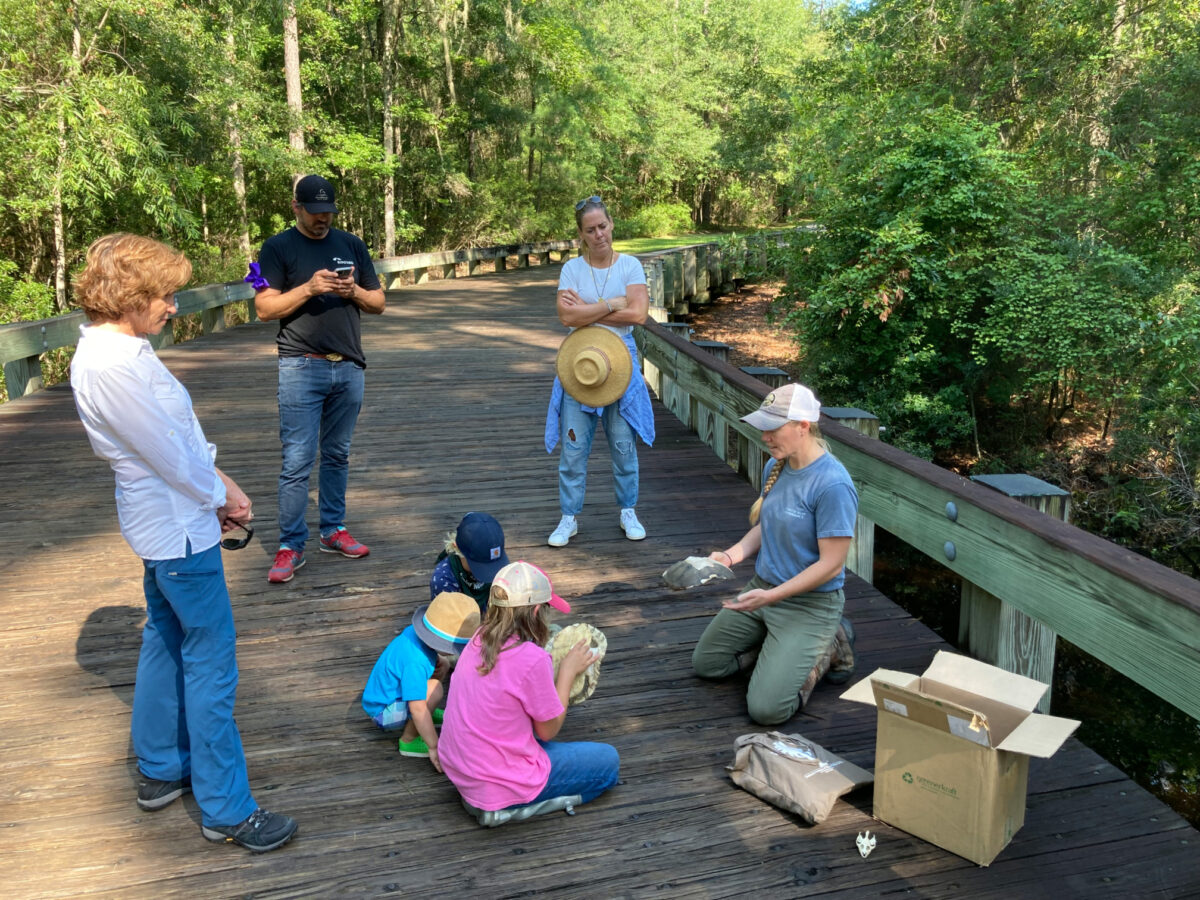
Protecting Nature and History at Palmetto Bluff In the heart of South Carolina's Lowcountry lies Palmetto Bluff, a sanctuary of natural beauty, rich history, and vibrant ecosystems. Since its establishment in 2003, the Palmetto Bluff Conservancy has been dedi...

Photography by Gately Williams Cruise Control Palmetto Bluff lies at the heart of the vast network of rivers and creeks that connect the South Carolina Lowcountry’s barrier islands. A stone’s throw from the notable cultural and historic hubs of Savannah, B...

Tracy’s Journey to Palmetto Bluff Real Estate Situated in the heart of Bluffton, South Carolina, Palmetto Bluff is more than just a community—it's a place of magic and wonder. For Tracy Schyberg, a dedicated sales executive with the Palmetto Bluff Real Estate...
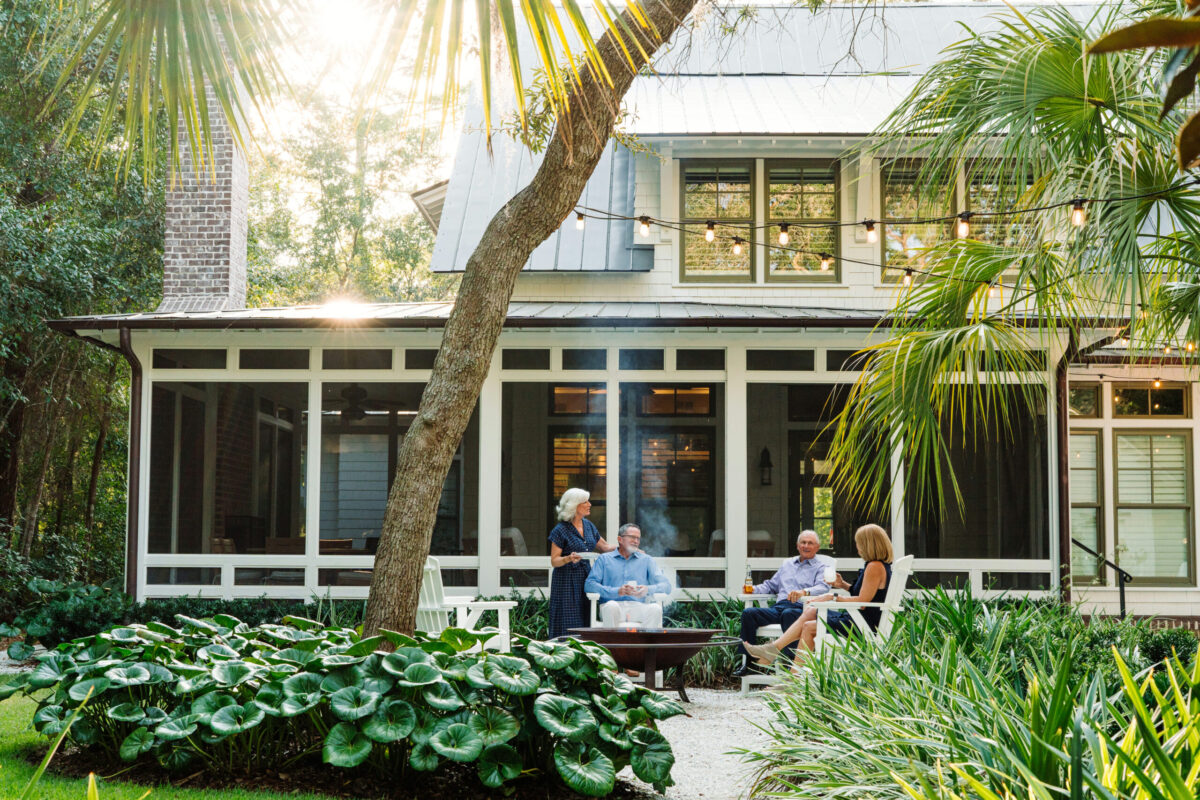
Enhancing Coastal Living With Lowcountry Landscaping Trends The Lowcountry lies along the southeastern coast of the United States, a region known for its breathtaking landscapes, rich history, and unique culture. From the charming streets of Charleston to the...
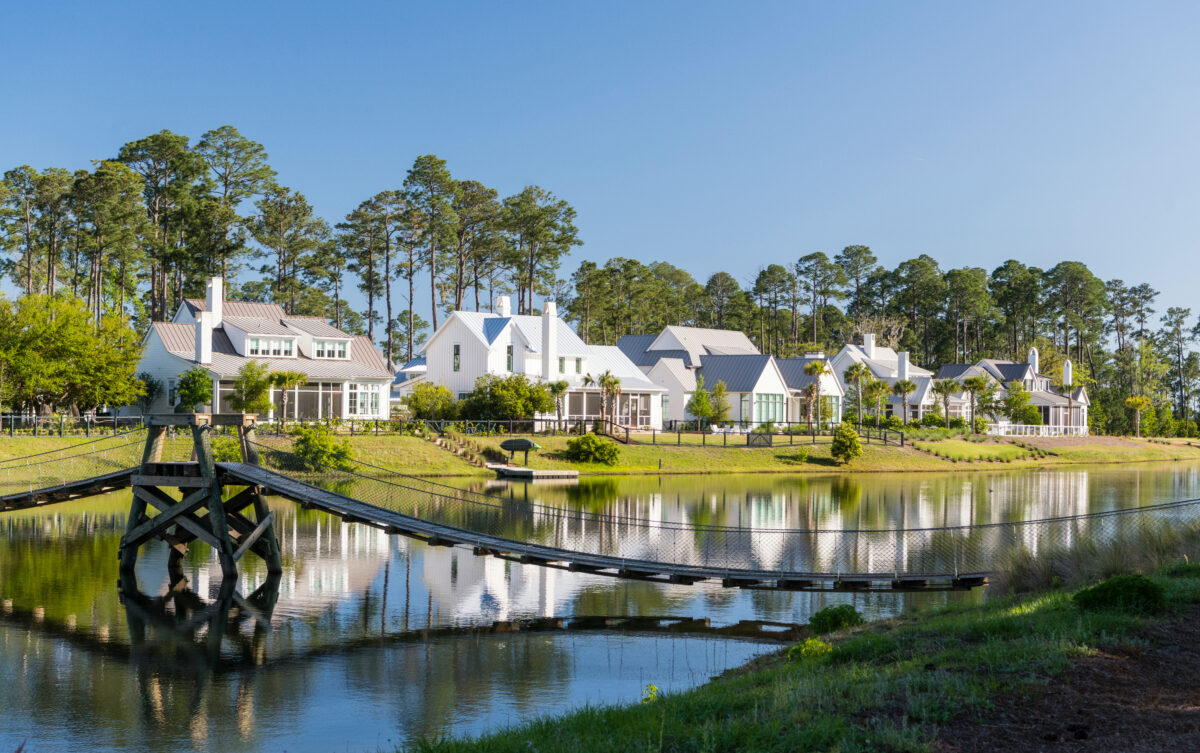
Palmetto Bluff Real Estate Available in Moreland Forest Nestled in the heart of the Lowcountry, Moreland Forest is a charming neighborhood known for its beautiful natural surroundings, Lowcountry architecture, and luxurious amenities. Within the lush forests ...
Learn about the Palmetto Bluff Conservancy and how we keep the vision of our land in place.
On land or water, there is an ever-evolving variety of activities.
We do not attempt to independently verify the currency, completeness, accuracy or authenticity of the data contained herein. All area measurements and calculations are approximate and should be independently verified. Data may be subject to transcription and transmission errors. Accordingly, the data is provided on an “as is” “as available” basis only and may not reflect all real estate activity in the market”. © [2023] REsides, Inc. All rights reserved. Certain information contained herein is derived from information, which is the licensed property of, and copyrighted by, REsides, Inc.